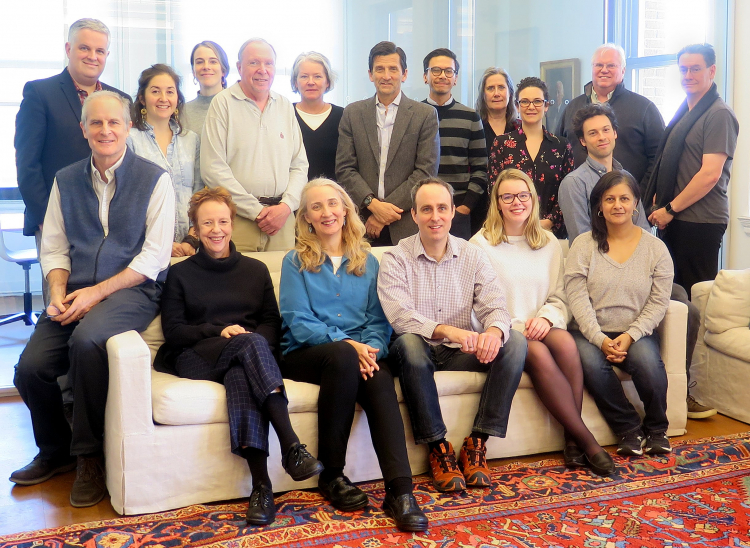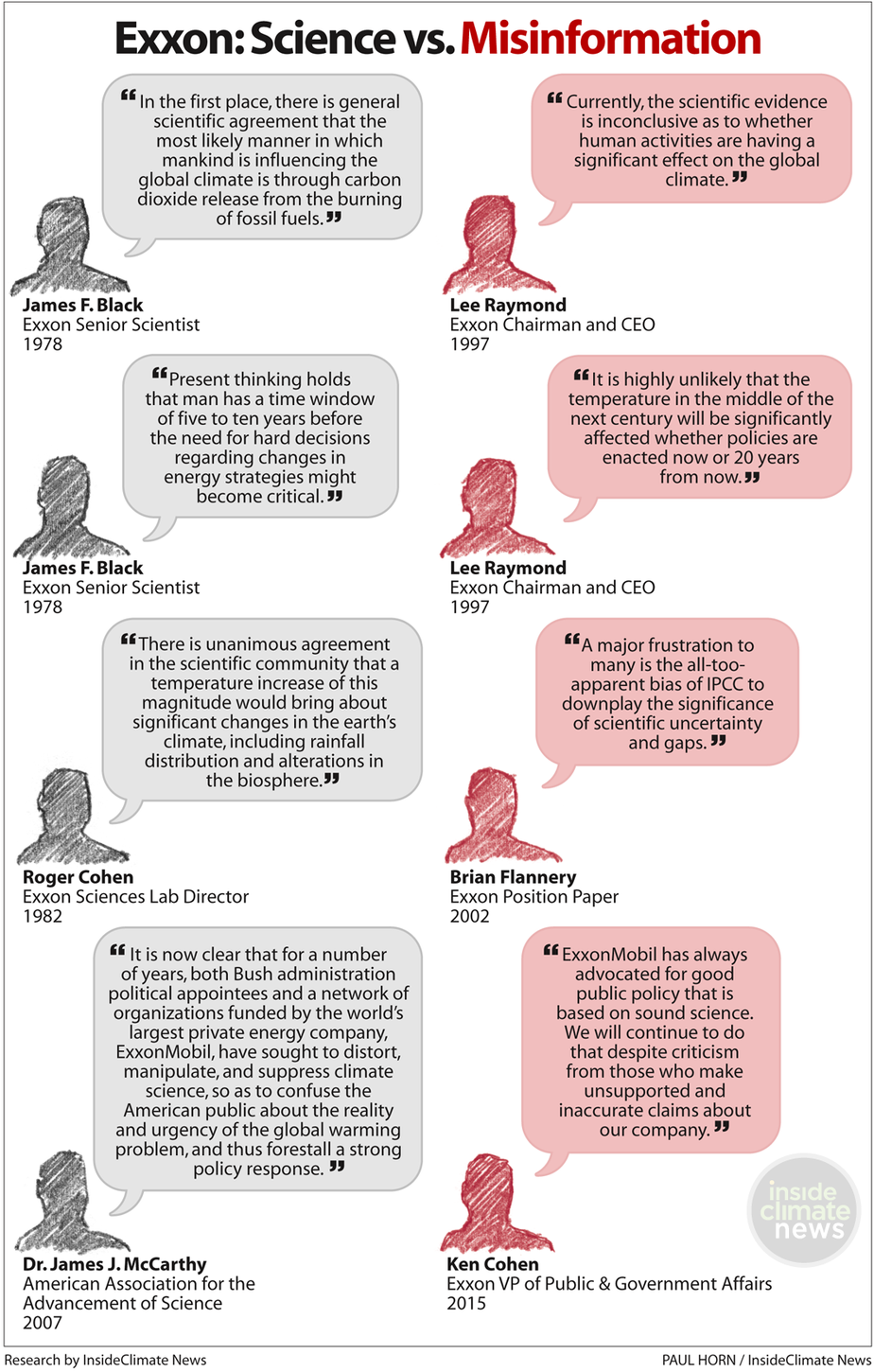Inside Climate News Visits AUP

Last week the AUP community was privileged to host David Sassoon of the Pulitzer-prize winning non-profit news group Inside Climate News for a discussion on the challenges and successes of investigative environmental journalism today. It was a lively talk with an extended question and answer portion, led by AUP Provost William Fisher. It touched on a number of the issues facing the journalism industry at-large today including: a now distorted ad-revenue model where tech companies such as Facebook and Google dominate leaving newspapers without ad revenue, lack of local media outlets, and attacks from President Trump designating the press as “enemies of the people”. But more importantly, the conversation was focused on how non-profit journalist outfits like his have filled the void in saving environmental journalism when many major news organizations like the New York Times have cut back their environmental desks.
First a bit about Inside Climate News’ history - founded in 2007 by Sassoon and Stacy Feldman, it is an independent, not-for-profit, non-partisan news organization that covers clean energy, carbon energy, nuclear energy and environmental science. It is now made up of about 20 people, focusing mainly on stories in the U.S. but also working on getting visas to cover stories internationally notably China. Their seminal piece Exxon: The Road Not Taken, published in 2013, describes how Exxon conducted cutting-edge climate research in the 1970s that compelled them to work at the forefront of climate denial and public misinformation campaigns. Check out this short video for a more thorough look at the organization - complete with Sassoon’s appearance on The Colbert Report and interviews the U.S. Senators Sheldon Whitehouse and Tim Kaine.
As for Sassoon’s prepared presentation, he focused on how companies like Exxon have used the “the Misinformation Playbook” since the mid-1980s to confuse the general public’s understanding of the sources and causes of climate change. He emphasized that these campaigns, started over 40s years ago, are still effective today, miraculously. He also explained how journalism in and of itself has never necessarily been a profitable business - it has always been supported by highly wealthy individuals. Yet, today's newspapers are suffering more because advertisers prefer digital advertising to posting in newspapers.
When approached after the question and answer session, Sassoon had some interesting points to make about how and why Inside Climate News’ different organizational model is successful in today’s media environment: “I think the non-profit media sector has grown in the United States because there was a need not being met by government or by industry.” Sassoon commented, “and this is a new development...there were non-profit media in the US before 15 years ago like NPR, which were government supported, but we’re not government-supported and were able to attract funding.” In essence, Sassoon and his organization have discovered that there is a yearning for environmental journalism, even if the former ways of financing journalism have now become ineffective.
When asked about their approach to distribution and reaching parts of the U.S. that are typically climate change-denying, Sassoon mentioned that following the 2016 election his organization looked at the map and decided to hire reporters in Columbus, Ohio, Salt Lake CIty, Utah, and Louisville, Kentucky. These reporters, he says, have been able to connect with local communities there: “Local news is still trusted where it exists, by their local communities. They are people that live in the communities and speak the local languages if you will.” Most notably, a recent op-ed published by Inside Climate News in the Louisville Courier Journal compelled Senator McConnell to respond with an op-ed of his own. This type of reaction would not have been necessary had the story been published in a national newspaper.
The most comedic moments of the evening came when Sassoon re-iterated that no one had ever come knocking at his doorstep to give him money to produce an investigative piece. It is within this context that Sassoon lives and works, every day. How does ICN ensure their impartiality as journalists with the knowledge that they are a non-profit foundation funded by private donors? And what role does journalism play in pushing back against activist ideologies both pro and anti-climate change? For Sassoon, the ability to push back against corrupt practices and to get the stories that really count is a matter of preserving their integrity: “When it comes to corruption, most of the work in that area is about developing trust with sources, and publishing work of great integrity. We fundamentally need to rely on sources.”








